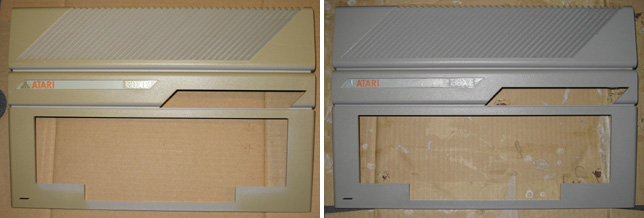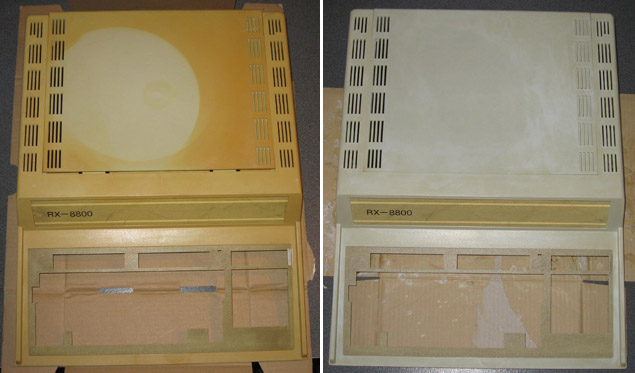modem7
10k Member
Thanks for that. I don't really have anything of significance to de-yellow, but your use of relatively easy-to-obtain ingredients inspires me to try it out.Yesterday and today I tried out the de-yellowing process on a Vic-20. It worked a treat!!. I found a simple food thickener made a great paste, and hydrogen peroxide solutions of only 6% (hair bleach strength) are sufficient. I've documented the experience in my blog.


